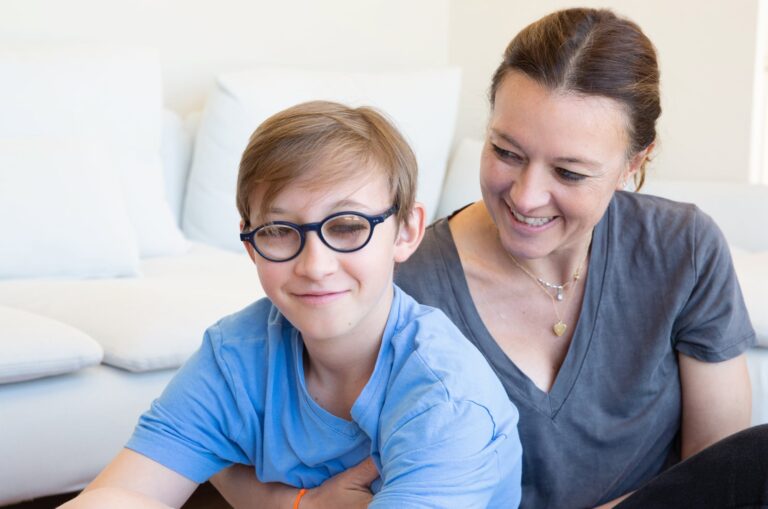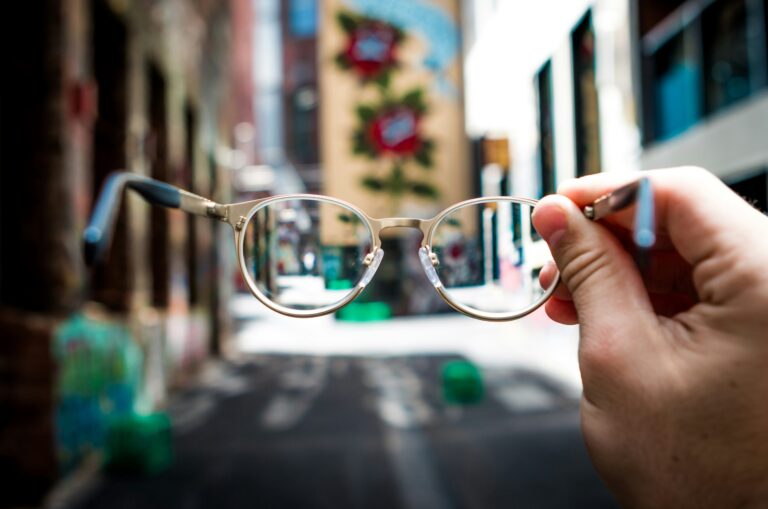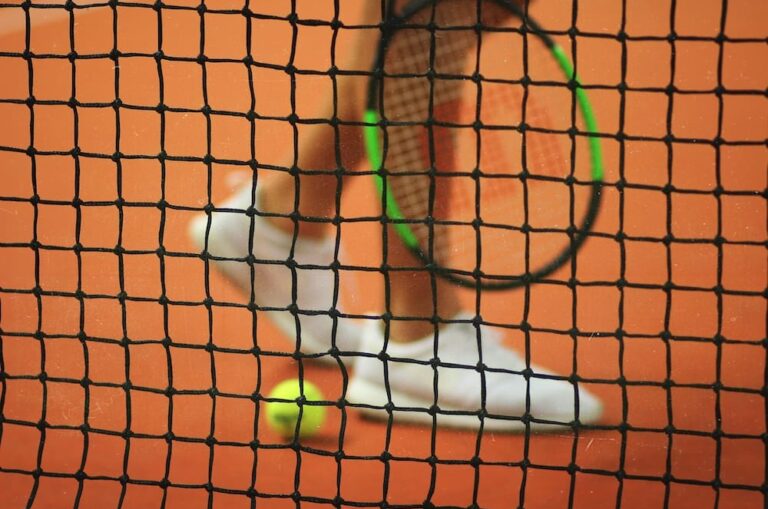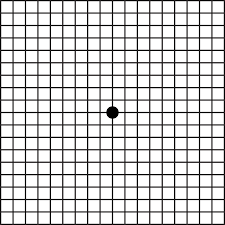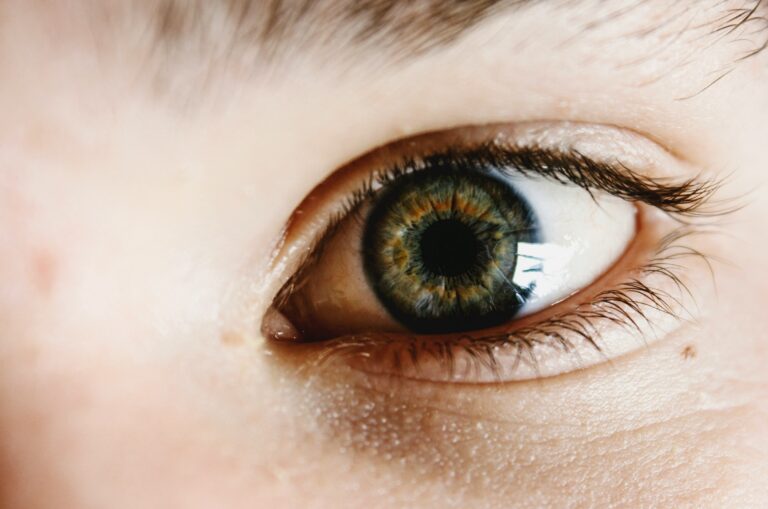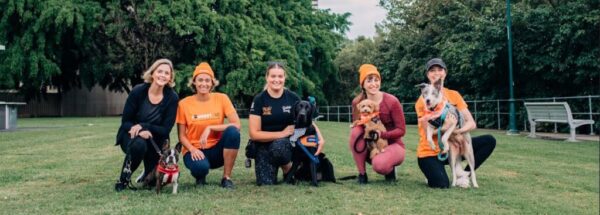About Yoga adaptions

Yoga is a popular activity all over the world. And it’s no wonder given its many benefits: it increases strength and flexibility, reduces stress, and improves balance and coordination. Some research even suggests it may reduce inflammation and improve sleep.
Yoga is an excellent activity for many people with low vision and blindness, although we should note that it’s best to practise under the guidance of a qualified instructor who can adapt the session to your particular needs. It’s also important to consult with a healthcare professional before starting any new exercise program.
Here are some adaptations that can be made for yoga practice for people with low vision and blindness:
Chair yoga
Chair yoga is a modified form of yoga that is practised sitting in a chair or using a chair for support. It’s well-suited to many different people, and especially those who are unable to practice traditional yoga postures on the floor. For people with low vision or blindness, chair yoga can provide a reference point and avoids reliance on a person’s own core strength or stability.
Chair yoga typically involves gentle stretches and movements, including those targeting the neck, shoulders, back, hips, and legs. It also generally involves breathing and relaxation techniques.
Verbal cues
A yoga instructor can use verbal cues to guide a person through the various poses and movements, describing the alignment and positioning of the body.
Although verbal cues can be helpful to all people, there are particular cues designed specifically for those with low vision and blindness. That might include descriptions of poses, mentioning landmarks and reference points, as well as reminders of particular safety precautions.
Touch cues
A yoga instructor or assistant can use gentle touch or physical adjustments to help a person doing yoga to maintain proper alignment and balance in each pose. As with verbal cues, this can be helpful for anybody doing yoga, and will be adapted to suit someone with low vision or blindness.
Music and sound
Often used in combination with verbal cues, music and other sounds can be used to provide both a pleasant backdrop for the yoga practice and important cues or instructions.
Music can also help those participating in the activity maintain focus and stay relaxed.
Braille instructions
Braille can be used to create tactile diagrams or descriptions of yoga poses, which can be read and understood by students with low vision or blindness. A tactile diagram could show the placement of the feet and hands, the direction of movement, and any modifications or props that are needed for a pose.
Additionally, braille can be used to create written descriptions of yoga poses, which can be read by students in preparation for a class or as a reference during practice at home.
Partner yoga
Partner yoga can be especially beneficial for people with blindness and low vision as they can use their partner as a guide and for (physical and social) support. In the case that a yoga class doesn’t include some of the adaptations mentioned above, a partner can provide them – verbal and touch cues being good examples.
And, as with lots of activities, yoga can be so much more fun with a friend or as a shared practice.
You might also like
Ready to continue?
Seems like you have filled this form earlier. Let’s pick up where you left off.

